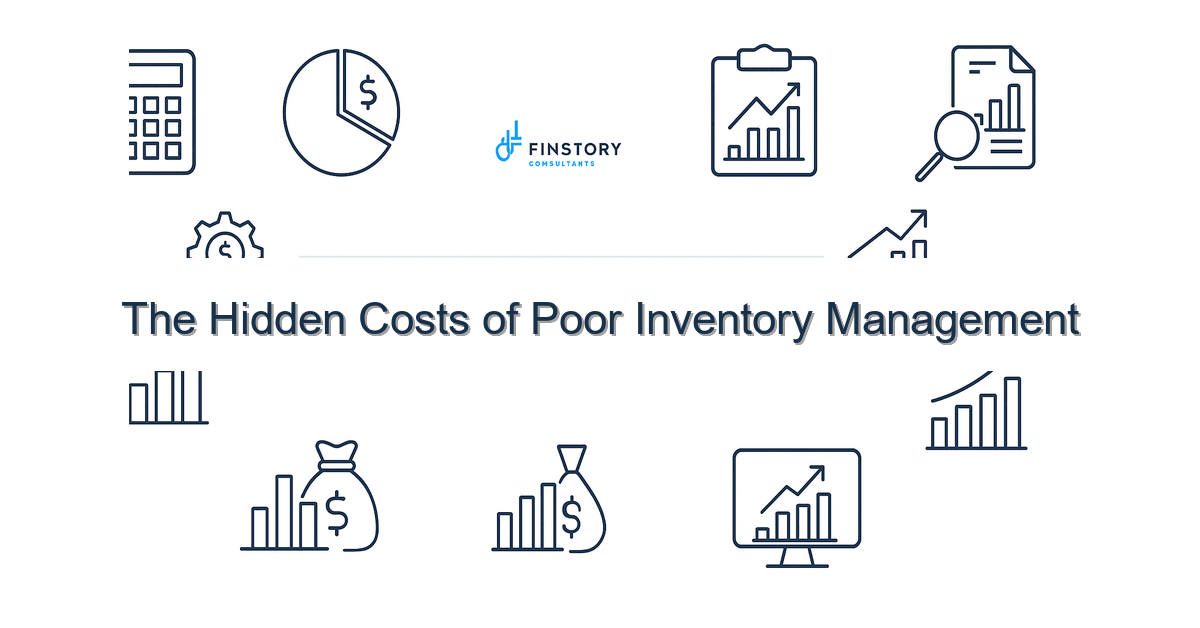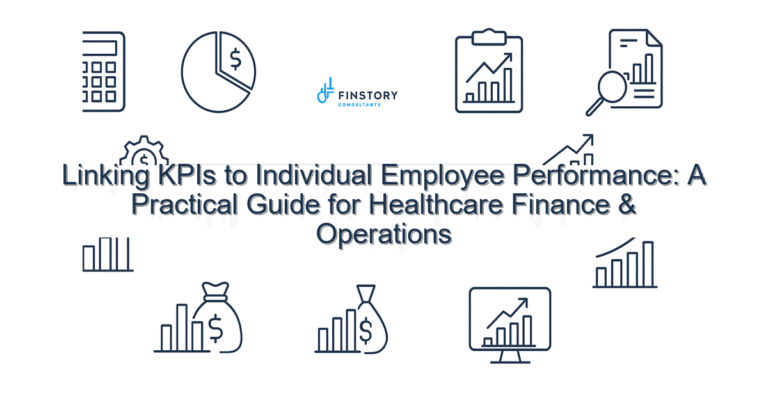The Hidden Costs of Poor Inventory Management
You know the feeling: a closet full of supplies you can’t find, million-dollar inventory that never moves, and clinicians calling for urgent replenishment. It’s frustrating, expensive, and — worst of all — avoidable. You’re not alone, and this isn’t a blame game.
Summary: Fixing poor inventory management in healthcare frees cash, reduces waste, improves patient flow, and gives finance leaders the operational visibility to forecast and control costs. This guide gives a practical, three-step framework, a week-ready checklist, and measurable success targets to start improving immediately.
What’s the real problem? (poor inventory management in healthcare)
At its core, poor inventory management means not having the right items, in the right quantities, at the right time — with accurate valuation on the books. In healthcare the stakes are higher: stockouts can delay care, overstock ties up cash, and inaccurate counts create audit and compliance headaches.
- Symptom: Frequent emergency orders and next-day courier costs for critical supplies.
- Symptom: Multi-million-dollar inventory balances that don’t reconcile to physical counts.
- Symptom: Expired or obsolete stock across departments, discovered during audits.
- Symptom: Finance can’t produce reliable working capital forecasts because inventory data is scattered.
What leaders get wrong about poor inventory management
Leaders usually want the right outcome — lower costs and better service — but common missteps derail progress quickly.
They assume procurement alone owns the problem. They underinvest in process and data. Or they believe manual counts and reactive ordering are “good enough.” That leaves the organization chasing symptoms: higher carrying costs, wasted staff hours, and surprises on the balance sheet.
Another mistake: treating inventory as a logistics-only issue rather than a finance-and-operations problem. When finance isn’t part of the solution, forecasts get optimistic and cash targets miss the mark.
A better approach (reduce inventory costs in hospitals)
Think of this as a simple three-step framework: Measure, Optimize, and Sustain. Each step ties to finance metrics and operational outcomes.
- Measure: Create a single source of truth. Reconcile perpetual inventory with cycle counts and ERP data. Identify slow movers, fast movers, and critical items.
- Optimize: Set service levels by item class. Move to par levels or min-max for high-use items. Negotiate consignment or vendor-managed inventory for expensive, low-use lines.
- Sustain: Automate replenishment signals, integrate purchase-to-pay with the ledger, and put finance KPIs on leader dashboards.
Real-world story: A 300-bed hospital we advised had $5M in med-surgical inventory with a 40% mismatch between the ERP and physical counts. After instituting standardized cycle counts, reclassifying SKUs, and negotiating supplier consignment for three product families, they reduced carrying costs by 18% and freed $800k in working capital within nine months.
Quick implementation checklist
- Run a 30-day reconciliation between GL inventory accounts and ERP perpetual inventory.
- Identify top 20% of SKUs by value and usage — treat these as high priority for accuracy.
- Start weekly cycle counts in one high-volume department this week.
- Build a simple par-level matrix for the five highest-volume items per department.
- Switch at least one expensive, low-turn product to vendor consignment pilot.
- Create a single dashboard showing inventory days on hand (DOH), variance %, and expired stock value.
- Map current replenishment approvals and reduce handoffs where possible.
- Hold a 30-minute alignment meeting between finance, supply chain, and a clinical lead.
- Document one standard operating procedure (SOP) for receiving and posting inventory transactions.
What success looks like
When poor inventory management is fixed, results are concrete and measurable:
- Inventory accuracy to finance ledger: 98%+
- Reduction in inventory days on hand: 20–35% within 6–12 months
- Lower emergency purchase spend: 30–50% fewer expedited orders
- Working capital freed: often 10–20% of the inventory balance
- Cycle count time reduced by 40% through targeted counts and barcoding
- Return on project costs: commonly 3–6x within the first year
Risks & how to manage them
Tackling inventory isn’t risk-free. Here are the top three risks and practical mitigations.
- Risk: Disruption to clinicians. Mitigation: Pilot changes in non-critical units first and keep clinicians informed with data showing no increase in stockouts.
- Risk: One-off supplier resistance. Mitigation: Propose short-term pilots (60–90 days) and highlight the reduced administrative burden for suppliers through better forecasting.
- Risk: Inaccurate baseline data leading to wrong decisions. Mitigation: Invest in an initial physical inventory and reconcile it before making large changes to reorder points.
Tools & data
Set yourself up to scale with tools that bridge finance and operations. Finance automation reduces manual journal entries and shortens close cycles. Power BI (or similar BI platforms) turns inventory data into leadership reporting and forecast scenarios. Integrate procurement, inventory, and the general ledger so replenishment shows its true working capital impact.
Recommended stack: ERP with perpetual inventory, a lightweight WMS module or barcode scanning for cycle counts, Power BI dashboards for leadership, and finance automation for inventory valuation and month-end adjustments. Learn more about how finance automation can help on our Finance Automation page.
FAQs
Q: How quickly can we see cash benefits from fixing inventory?
A: Early wins (freed cash from expired/obsolete items and reduced expedited orders) typically appear within 30–90 days. Sustained working capital improvements are clearer at 6–12 months.
Q: Do we need a full ERP overhaul to improve inventory?
A: Not always. Many hospitals see immediate gains from process fixes, targeted cycle counts, and better supplier terms. That said, technology gaps can limit scale — so combine process changes with selective automation where needed.
Q: What KPIs should finance watch?
A: Inventory days on hand (DOH), inventory accuracy %, percent of inventory in consignment, emergency purchase spend, and working capital tied to inventory.
Q: How does this tie into broader finance transformation?
A: Better inventory practices feed directly into cash forecasting, cost of goods sold, and margin analyses. Aligning inventory control with finance dashboards reduces surprises at month end — see our approach to cash forecasting in healthcare for related tactics: Cash Forecasting for Healthcare.
Next steps
If you’re ready to stop losing cash to poor inventory management in healthcare, start with a short diagnostic: a 4–6 week assessment that reconciles ledger balances, identifies top SKU opportunities, and outlines an implementation roadmap. We’ll show immediate levers and a timeline to ROI.
Contact Finstory to run a quick diagnostic and build a tailored plan to reduce inventory costs in hospitals while protecting patient care. We blend finance automation, process change, and leadership reporting to deliver measurable results—fast.
Work with Finstory. If you want this done right—tailored to your operations—we’ll map the process, stand up the dashboards, and train your team. Let’s talk about your goals.
Related reading: how to speed month-end close with less stress: Closing the Books Faster.
📞 Ready to take the next step?
Book a 20-min call with our experts and see how we can help your team move faster.
Prefer email or phone? Write to info@finstory.net
or call +91 44-45811170.






